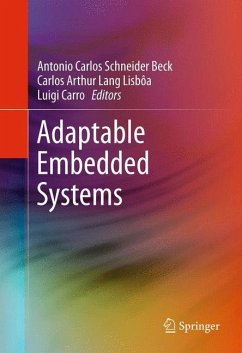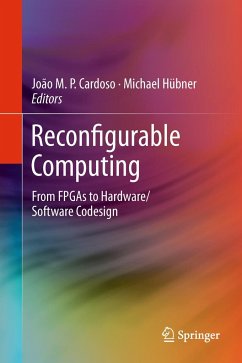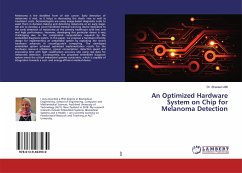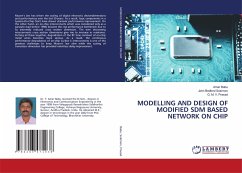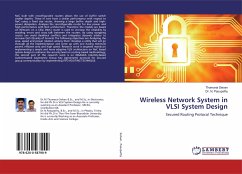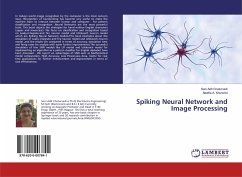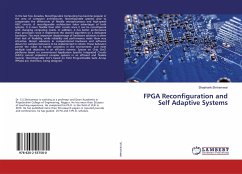
FPGA Reconfiguration and Self Adaptive Systems
Versandkostenfrei!
Versandfertig in 6-10 Tagen
41,99 €
inkl. MwSt.

PAYBACK Punkte
21 °P sammeln!
In the last few decades, Reconfigurable Computing has become popular in the area of computer architectures. Reconfigurable systems arise to compensate the differences of flexible microprocessors and high-speed ASIC circuits. A reconfigurable architecture takes advantages of both systems. It is more flexible than ASIC circuits since it can be reconfigured with changing computing needs. In addition, it has better performance than processors since it implements the desired algorithm on a dedicated hardware. The most important disadvantage of hardware solutions is often their lack of flexibility, ...
In the last few decades, Reconfigurable Computing has become popular in the area of computer architectures. Reconfigurable systems arise to compensate the differences of flexible microprocessors and high-speed ASIC circuits. A reconfigurable architecture takes advantages of both systems. It is more flexible than ASIC circuits since it can be reconfigured with changing computing needs. In addition, it has better performance than processors since it implements the desired algorithm on a dedicated hardware. The most important disadvantage of hardware solutions is often their lack of flexibility, while reliability and performance make them very attractive. Recent advances in computational hardware and software allows for complex behaviors to be implemented in robots. These behaviors permit the robot to handle variations in the environment, and meet multiple task objectives in an efficient manner. System on Chip (SoC) platforms based on conventional Application Specific Integrated Circuits (ASICs) cannot implement complex systems in an efficient and flexible manner. Reconfigurable SoC's based on Field Programmable Gate Arrays (FPGAs) are, therefore, being designed.




